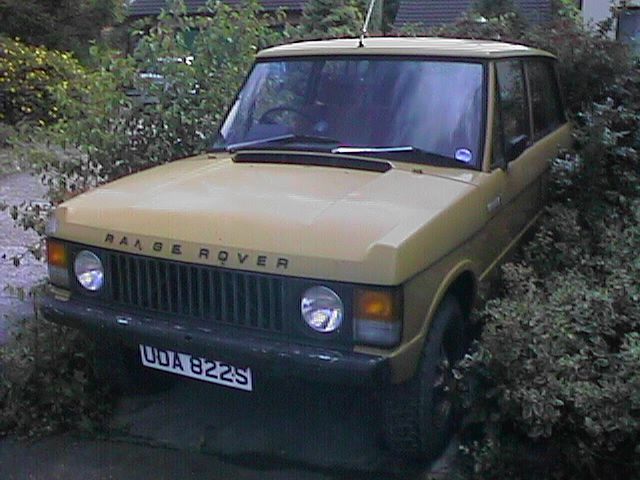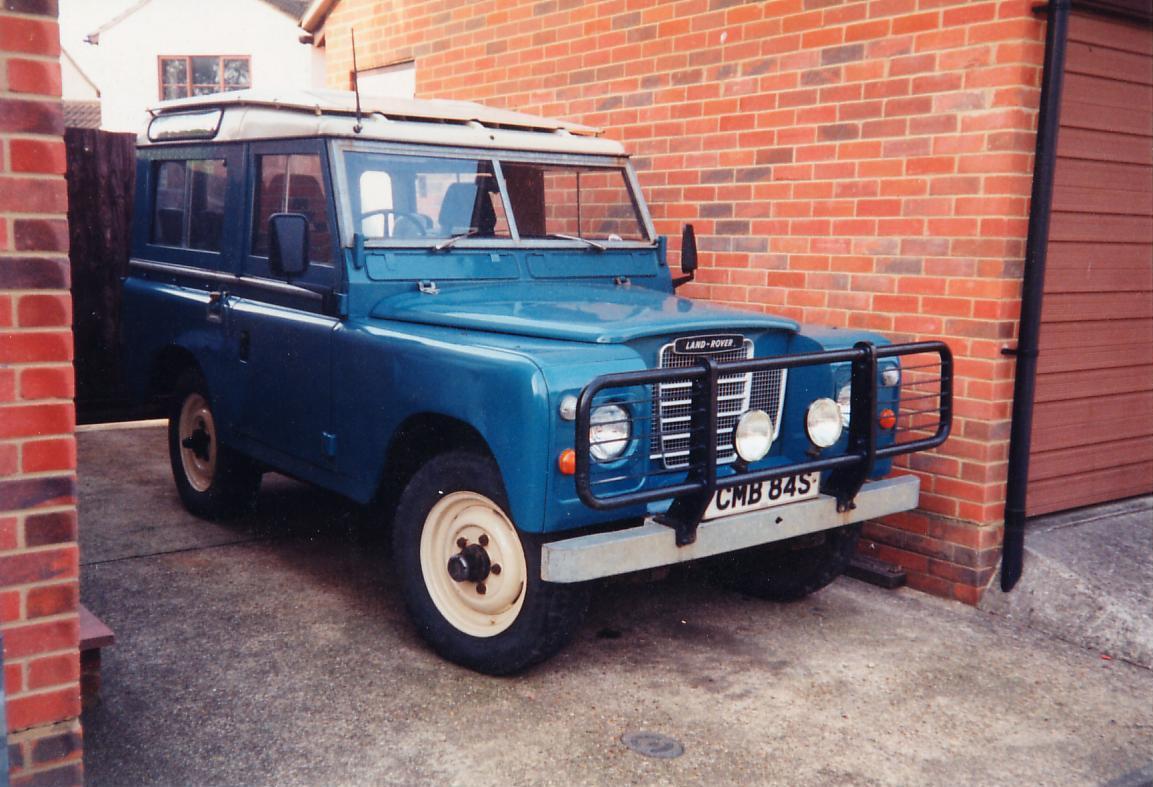
I have owned nineteen 4x4s, of which eight have been 'Series' Land Rover 88s and these, on balance, were probably the most satisfactory by virtue of being fairly indestructible and very cheap to repair.
First was a Series III original Station Wagon in marine blue & limestone. This car had very good bodywork, interior and mechanicals but came cheap as the rear cross-member and several outriggers were very rotten. With a new carburettor fitted and 7.50 tyres, I could get 22mpg on a gentle run. That was after allowing for the speedo inaccuracy caused by the larger tyres.

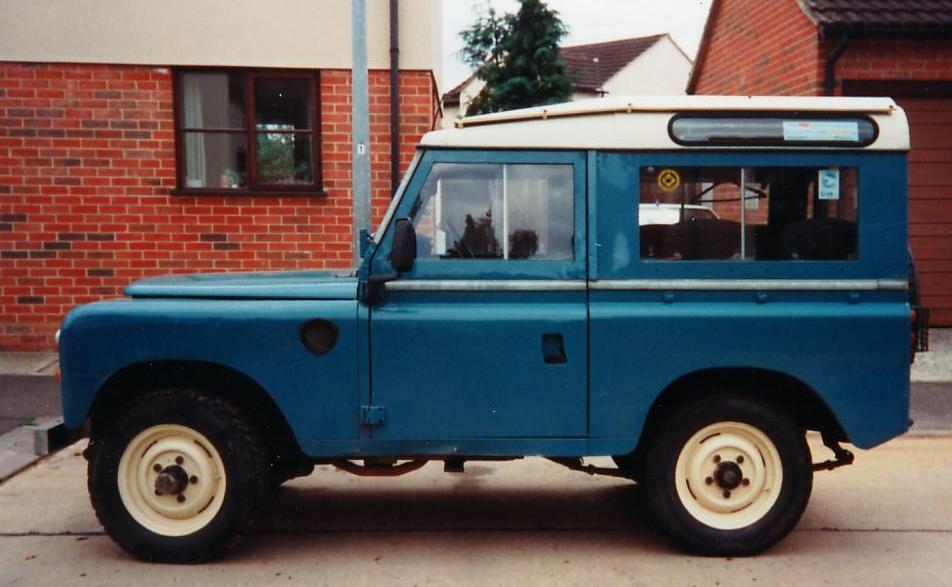
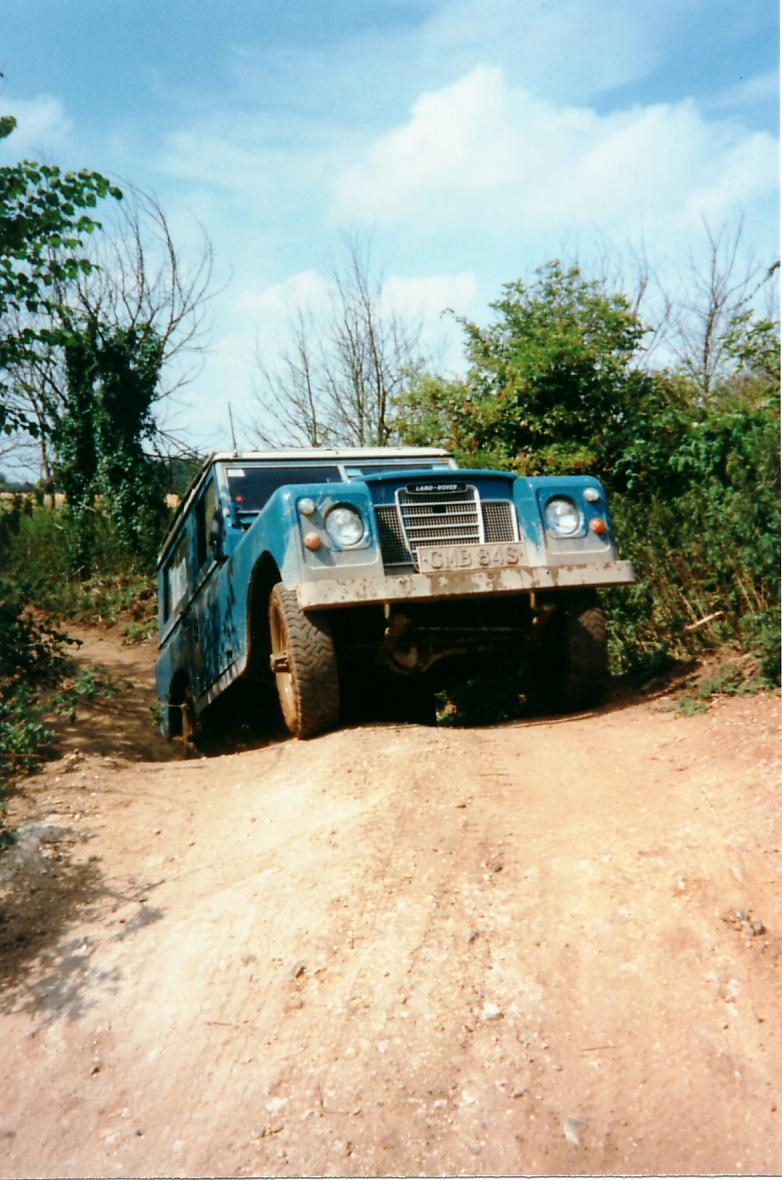
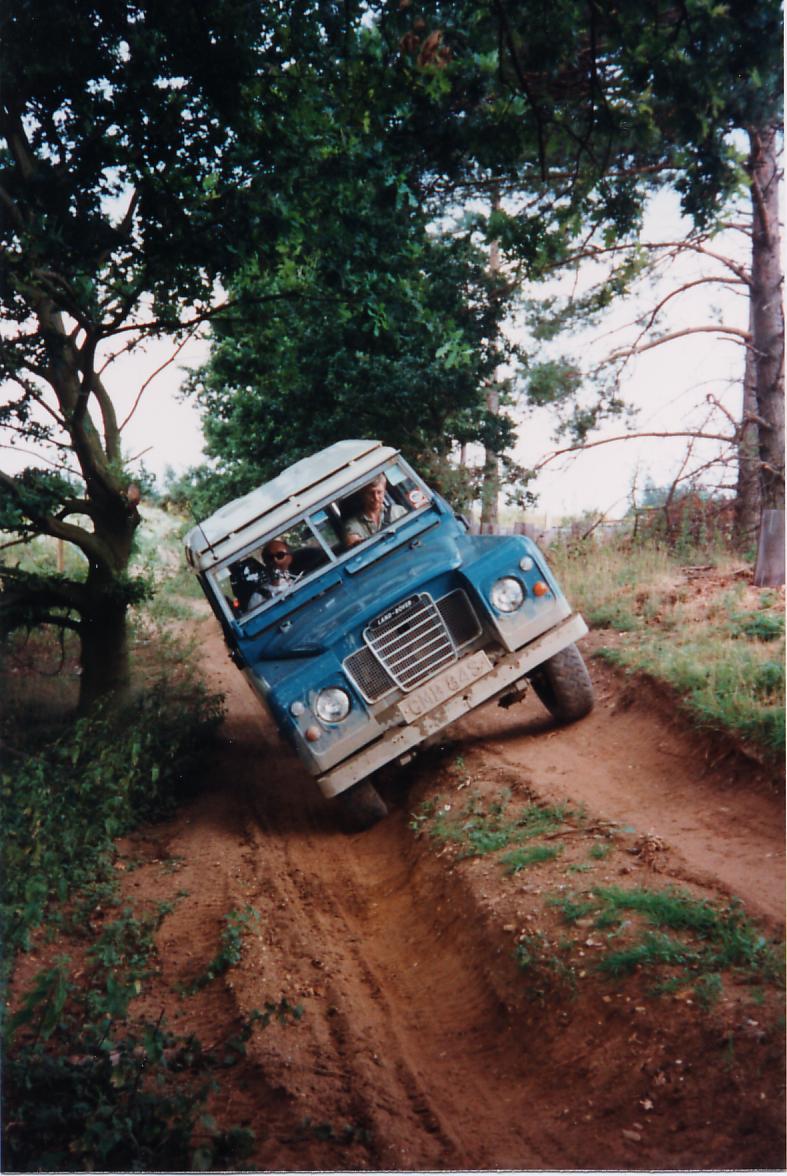
Second was a Series IIa Diesel hardtop in green & limestone.
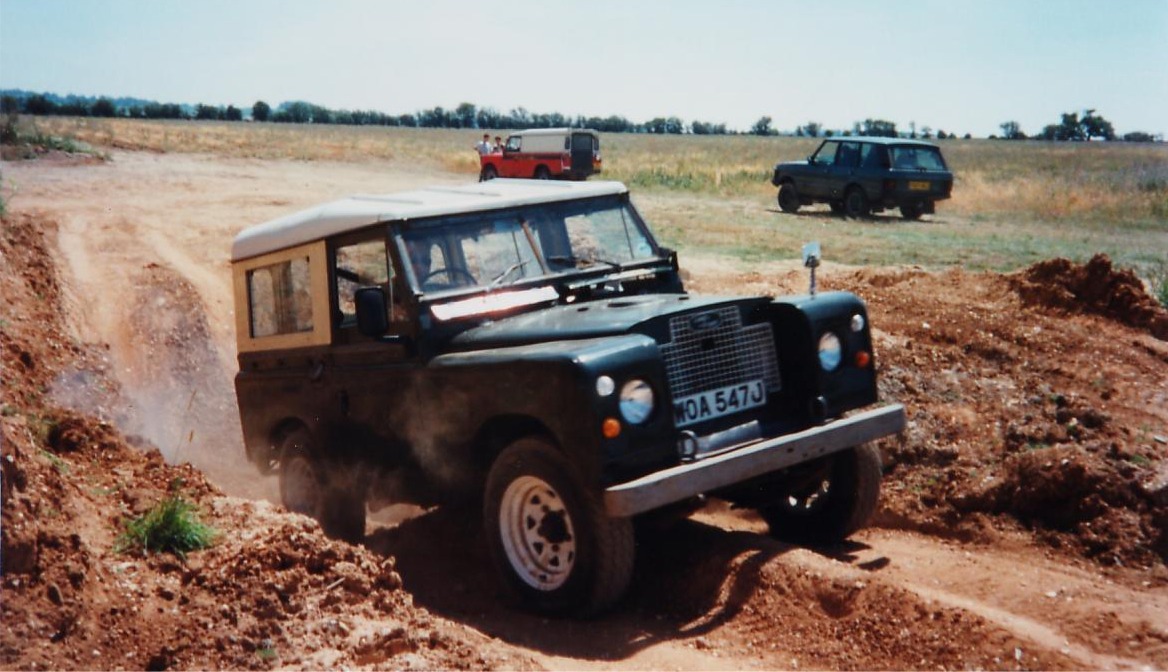
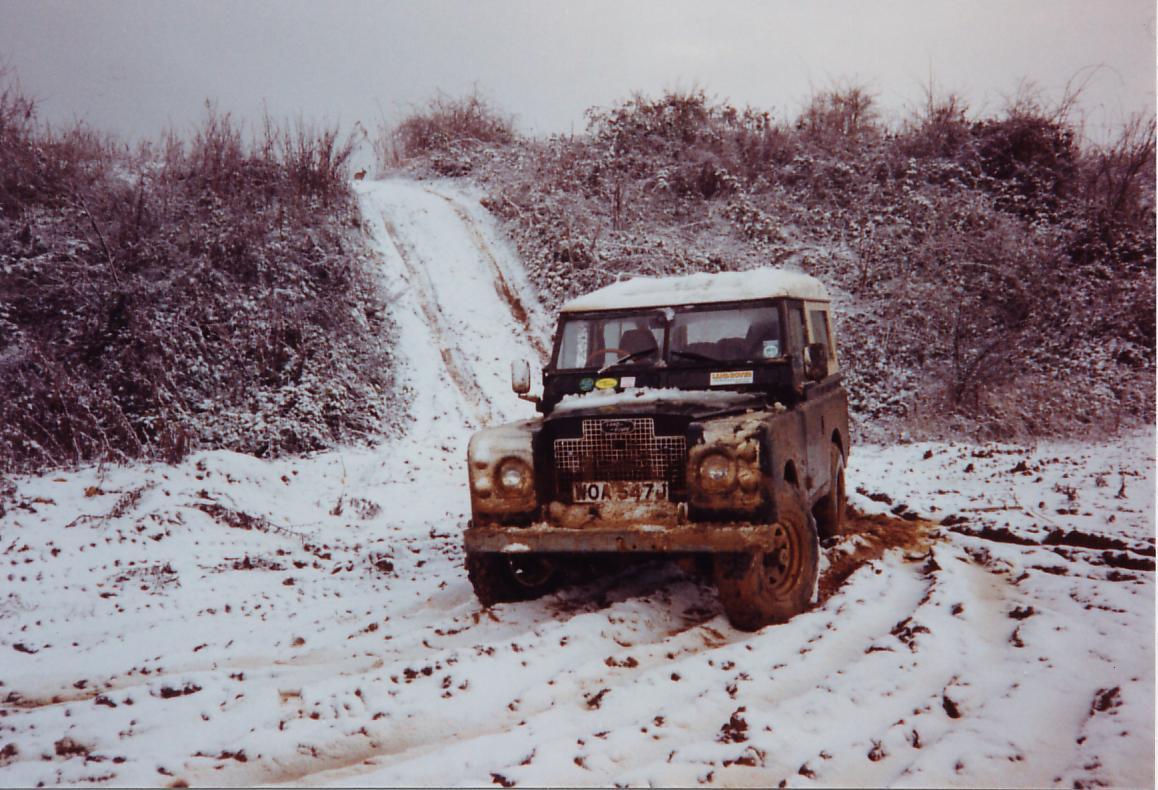
I kept this one for some time and did a fair bit of reasonably challenging off-roading with it, as well as a few upgrades visible in the pictures.
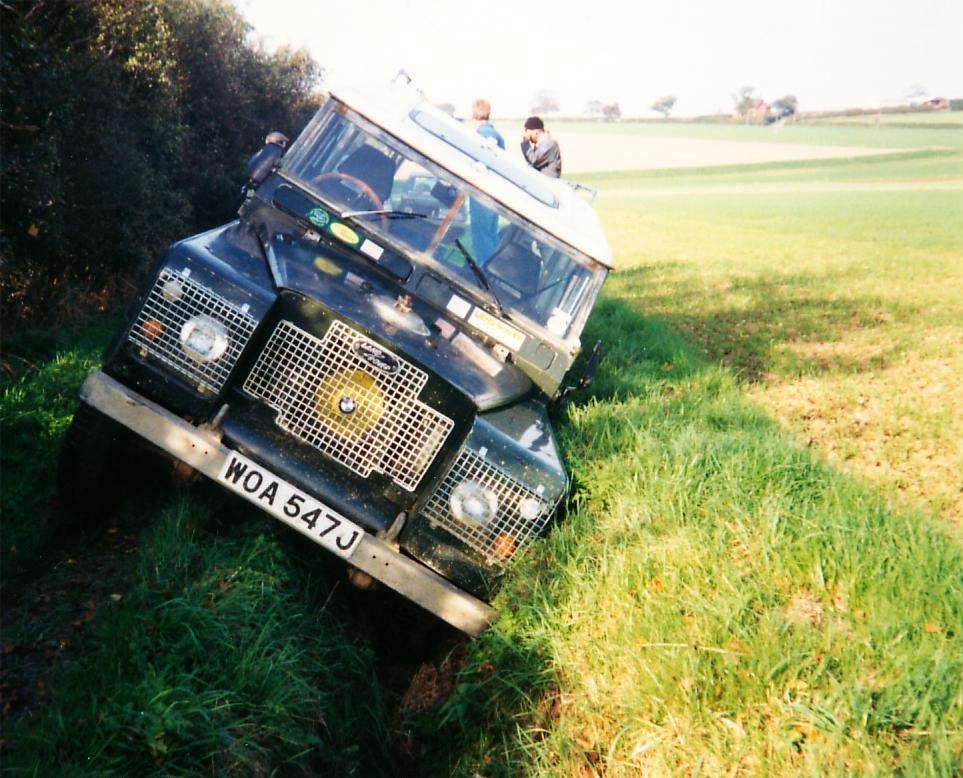
Third was a Series IIa FFR Air Portable (with hardtop & converted by me to 12v).
Don't seem to have any decent pictures of it.
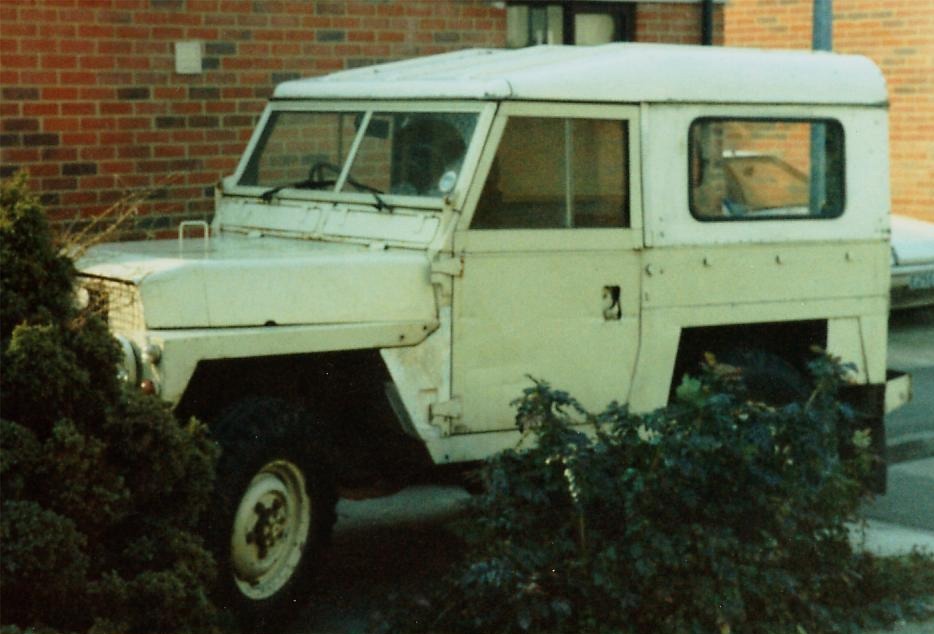
Next was a green '59 Series II Hardtop that I have no pictures of at all.
Although it was by far the oldest of the bunch (up to that time) it was the nicest to drive by a long way.
My next Lightweight was the exception to my normal rule in that it was bought as a restoration project and subsequently sold in the same condition for a bit less than I paid for it (Aries boat project was taking priority and it 'had to go' before I moved house).
Soon after relocating to Barlick, I bought a 1957 Series I diesel: very rare as it had the original type 2 litre engine. It needed a rear cross-member and several oil seals but also got parabolic springs, radial tyres, overdrive gearbox, a Series III front axle with bigger brakes and various other small improvements as well. I kept it as a local runabout for about four years and took it to a few local shows.
I also bought a 1972 Series III 88 that I used as a local runabout for a while.
It came fitted with parabolic springs and a Rover MDi 2 litre Turbo Diesel from a 1990 Montego. It was a splendid engine that performed really well, even better when I fitted a Fairey Overdrive. These were genuine Rover engines that in fact evolved from the BMC 'B' type and into the 'L' type used in the first generation of Freelanders and (via project Storm) into the TD5.
Its demise came when the bulkhead became unserviceable. After a very long period of good intentions and at times some good progress, it was eventually sold as a project.
I hoped I had found my last Landy in the form of a 1970, former Royal Marines, Series IIA Half Ton (Air Portable). It needed quite a lot of work, which I mostly pay others to do nowadays, but I was delighted with to end result and thought it was a 'keeper'.

Alas, my slightly worn out shoulders had other plans. Strangely, I could still operate locks on the canal without too much pain but driving the Landy was a different story. The Half Ton was sold in April 2024.
Any future Landies will just have to have power steering but early Ninetys will be tax exempt very soon and many Range Rovers already are. Although power steering was an optional extra on early Ninetys, most do seem to be equipped with it and of course all Range Rovers have it as standard.
Back in the days of regular off-roading I had a couple of Range Rovers that were a delight to drive but cost an absolute fortune from start to finish. Not sure I want to go there again?
